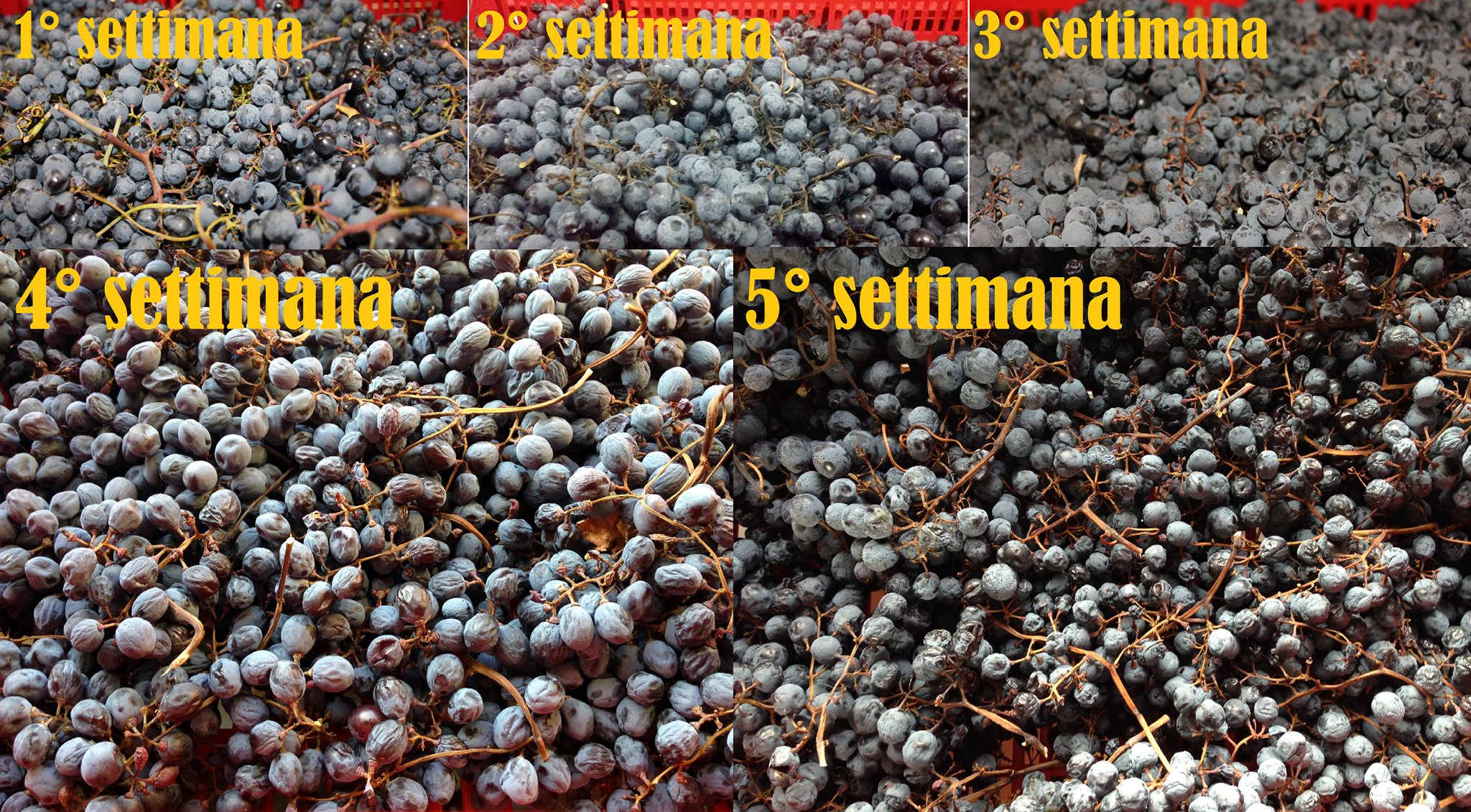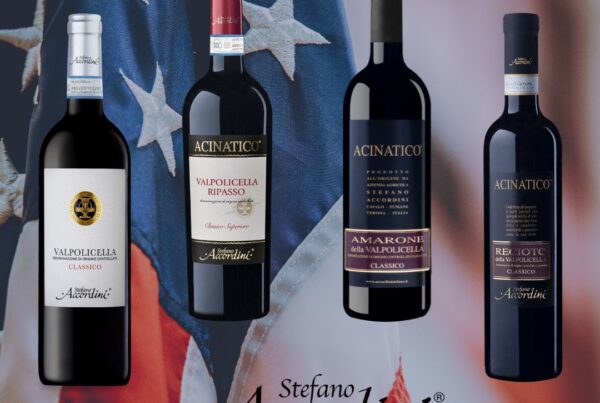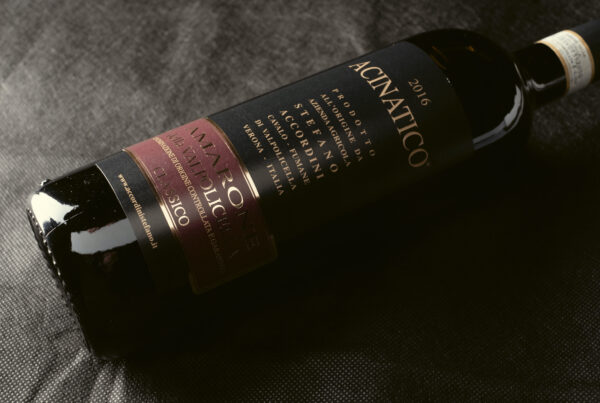It is now well known that nowadays Valpolicella is one of the best-known wine-growing areas in the world. Thanks to its unique and extraordinarily fresh wines, the region placed in Verona has managed to earn its renowned place in a world where wine is abundant everywhere. However, few know the true tradition that has brought Amarone and Recioto to the top of the global classic of full-bodied red wines: the technique of drying the grapes. Let’s see the details together…
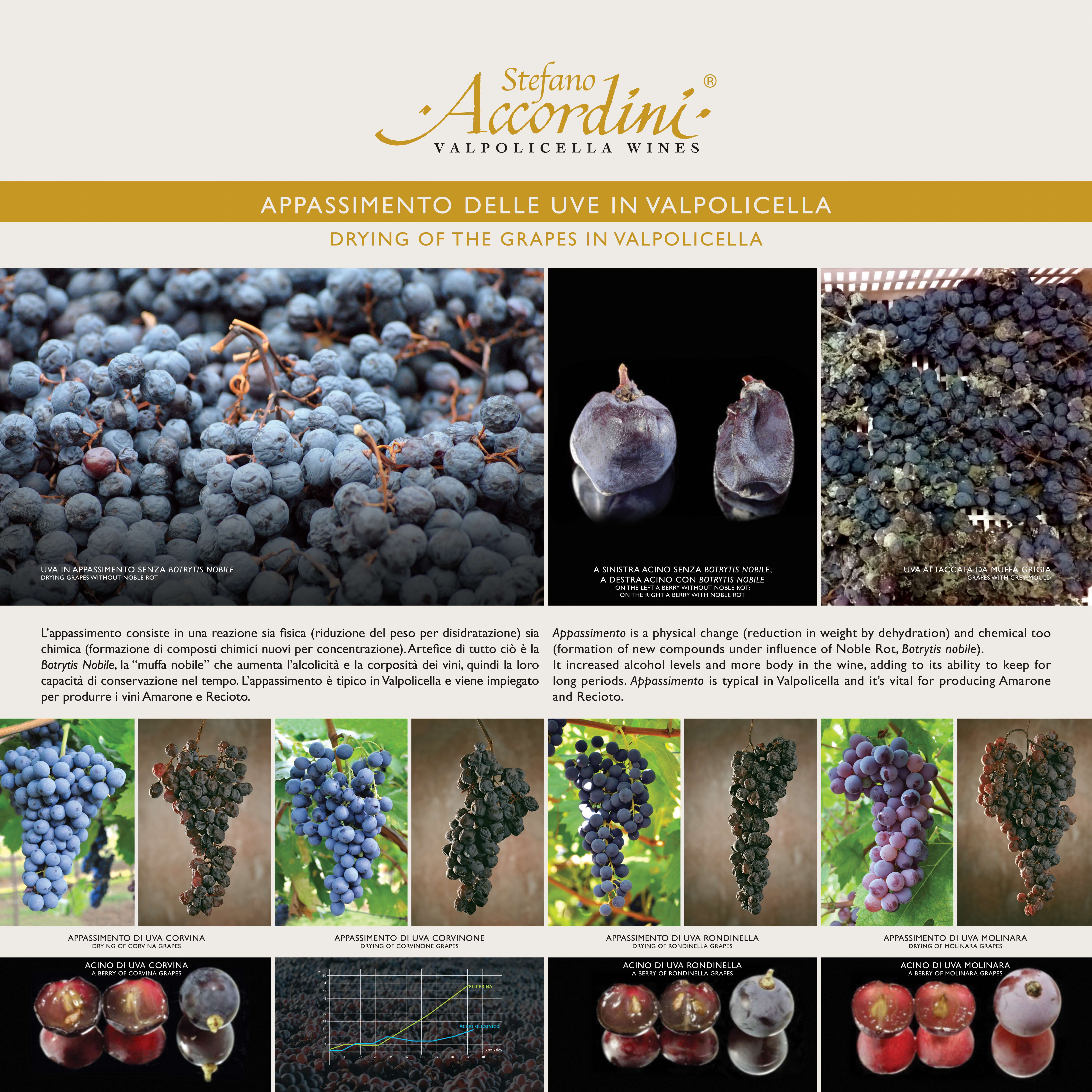
WHAT DOES APPASSIMENTO MEAN
In oenological terms, the drying process represents a very ancient technique, already used in Roman times, which consists in letting the grapes dry before they are pressed. The loss of water inside the berry leads to a subsequent decrease in vivacity and brilliance in the color and transforms the berries into dark and wrinkled berries. However, dehydration is partial, the grapes lose on average 30%-40% of their original weight and water, in turn developing more sugars, aromatic substances and polyphenols. For this reason, the drying technique is mainly used to obtain sweet, soft, dense and concentrated wines, with a high residual sugar. However, it is used in the production of the king of Valpolicella wine, Amarone, to obtain a high sugar concentration which, thanks to a long fermentation process, will be transformed into a high alcohol content.
TRADITION AND MODERNITY: ARELE AND WITHERING ROOM
The true tradition of drying was born with the use of arele, traditional bamboo racks on which the bunches of grapes are placed, then left to dry. To date, modernity has led to the replacement of the arele with the canonical plastic cases which guarantee a lower risk of mold during the grape dehydration process. All the bunches, after their careful selection during the harvest, are transported and stored for months in the loft, a room entirely dedicated to drying, where there are fans which during the first 30/40 days favor the loss of water from the bunches and a humidification system which helps to evaporate the humidity from the bunch.
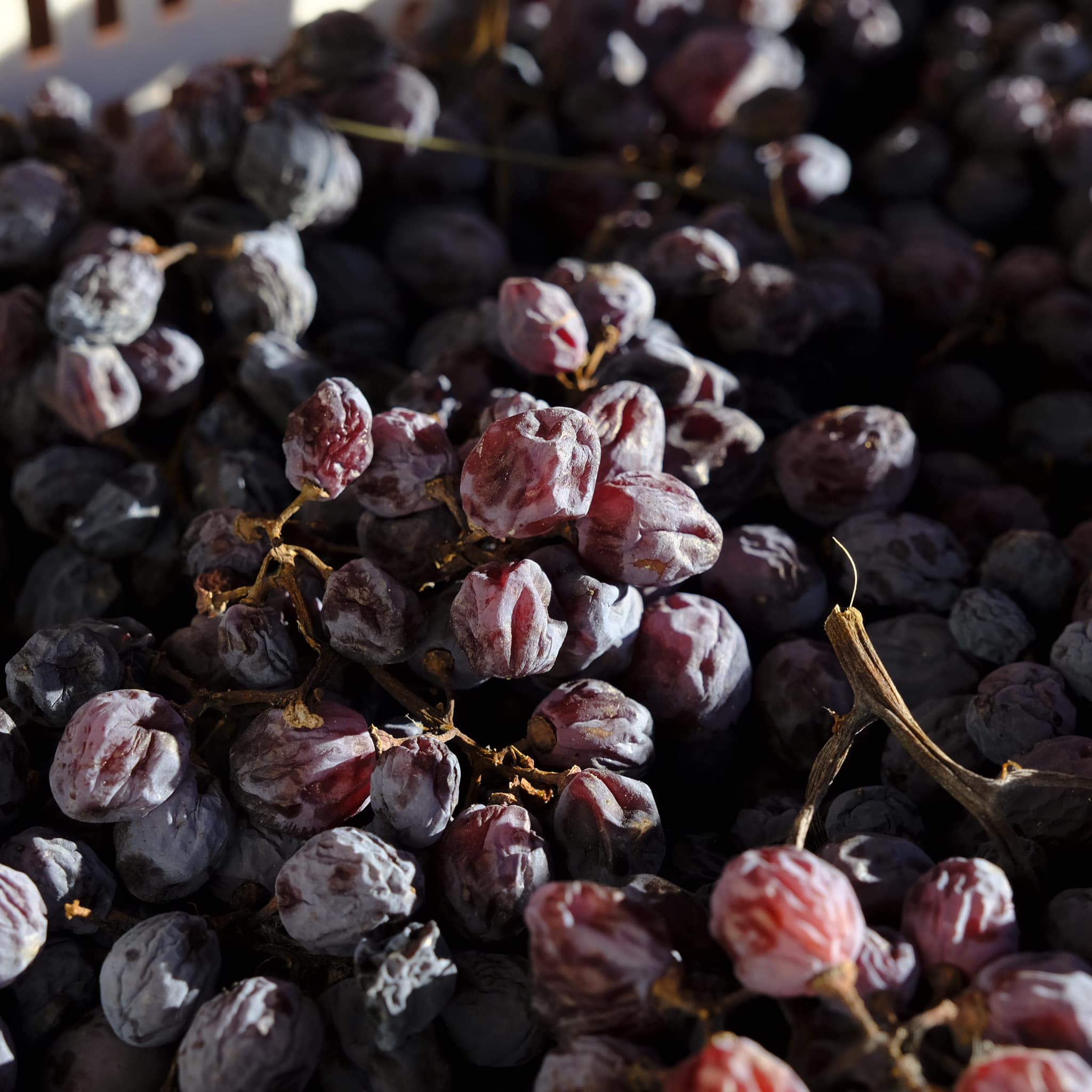
THE DIFFERENT PHASES OF THE DRYING
Once the bunches are lying in their plastic boxes and properly arranged inside the withering room, the initial phase of the drying process is very important since the air must circulate in order to dry the grapes and ensure that the whole runs optimally.
In order for the withering to proceed optimally, the relative humidity must be very low, so that the grapes are kept perfectly until January. Hence the use of fans which, accessed 24/24, provide the perfect flow of air inside the dedicated room.
The months dedicated to dehydration are very delicate and decisive: it is necessary to check the grapes daily, paying close attention, so that there is not an excessive loss of liquid and the grapes during the pressing phase are not too dry.
December represents the final month of the trial but also the most important. Winter temperatures are in fact a necessary condition for the aromatic evolution and for the formation of glycerol inside the berries, both characteristics which will give the wine roundness and elegance. Of the total grapes harvested, only 40% will become wine.
With January, the dried grapes are finally crushed and destemmed in order to allow the vinification phases necessary for the production of Amarone and Recioto wines.
TECH SHEET OF AMARONE ACINATICO
Our Amarone Acinatico comes from the best selection of grapes, which grow high up in Valpolicella. It’s a red wine of great structure, elegant complexity and a really warm and spicy bouquet, with raisin fruit flavor. It requires a long period of drying the grapes and a long aging in barrels.
Format: 0.75 liters
Type: Red dry wine
Vines: Corvina Veronese 75%, Corvinone 20%, Molinara 5%
Oenological technique:
The best grapes are selected, placed in 6 Kg trunks and left to rest in our orchards for 90-120 days. During this drying period a sequence of biochemical processes and the microorganism Botritis Nobile partially transform sugars into glycerine.
After crushing the grapes, a long maceration and month-long alcoholic fermentation follows, resulting in a very structured and incredibly aromatic wine. 2 years of ageing in big barrels and oak wood tonneaux follows, where it completes its malolactic fermentation and matures into a distinctive personality.
Aging in oak barrels: 24 months
Analytical data: Alcohol 16% Vol
Organoleptic characteristics: Intense red ruby colour with garnet shades, elegant bouquet with black cherry hints, very mature fruits and spices. It’s a wine with great structure and complexity, but still smooth and elegant.
Serving method: Serving at 18°C taking care to uncork the bottle at least one hour before consumption.
Gastronomy: Traditionally pairing with game, grilled meats, and roasted and ripened cheeses.
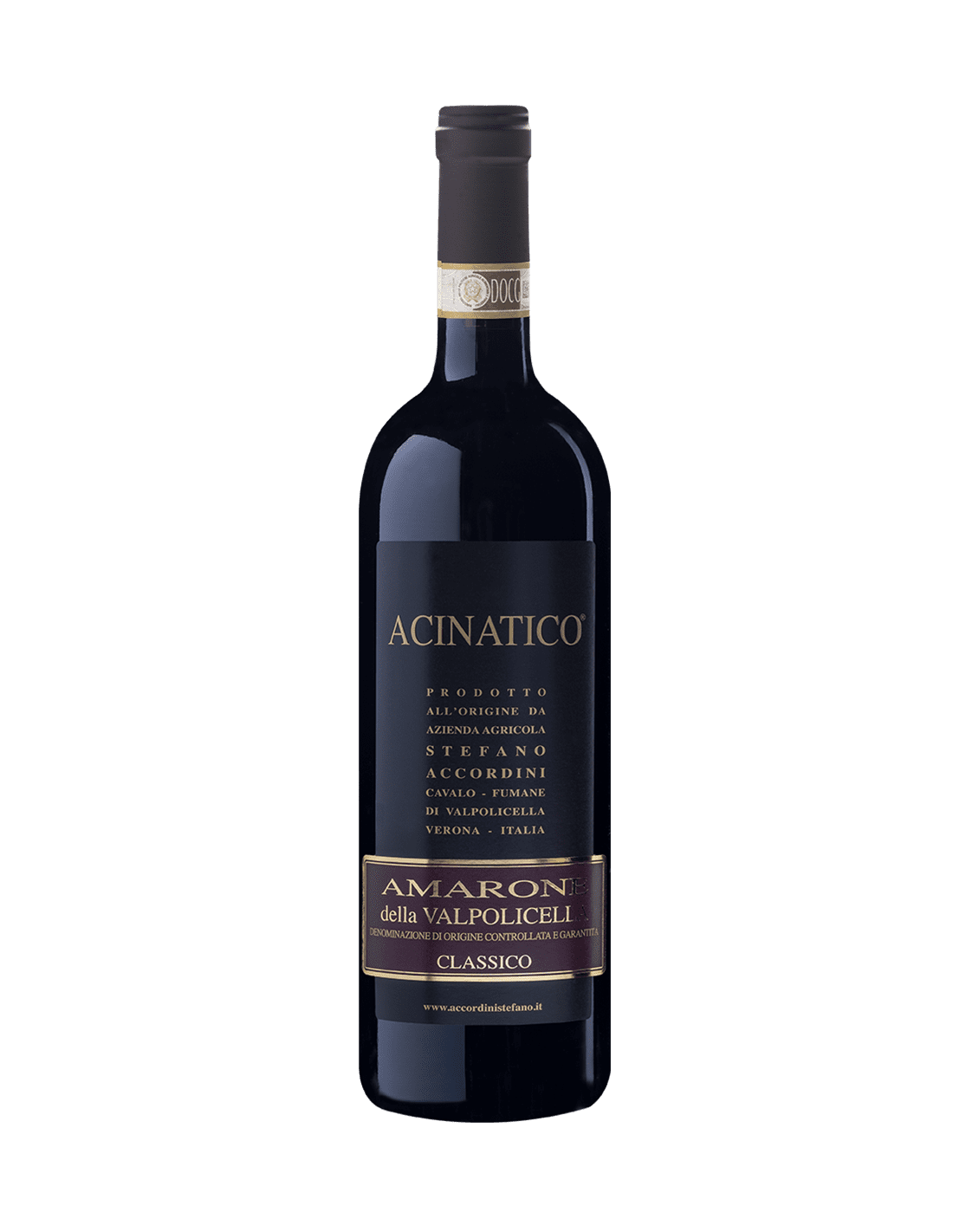
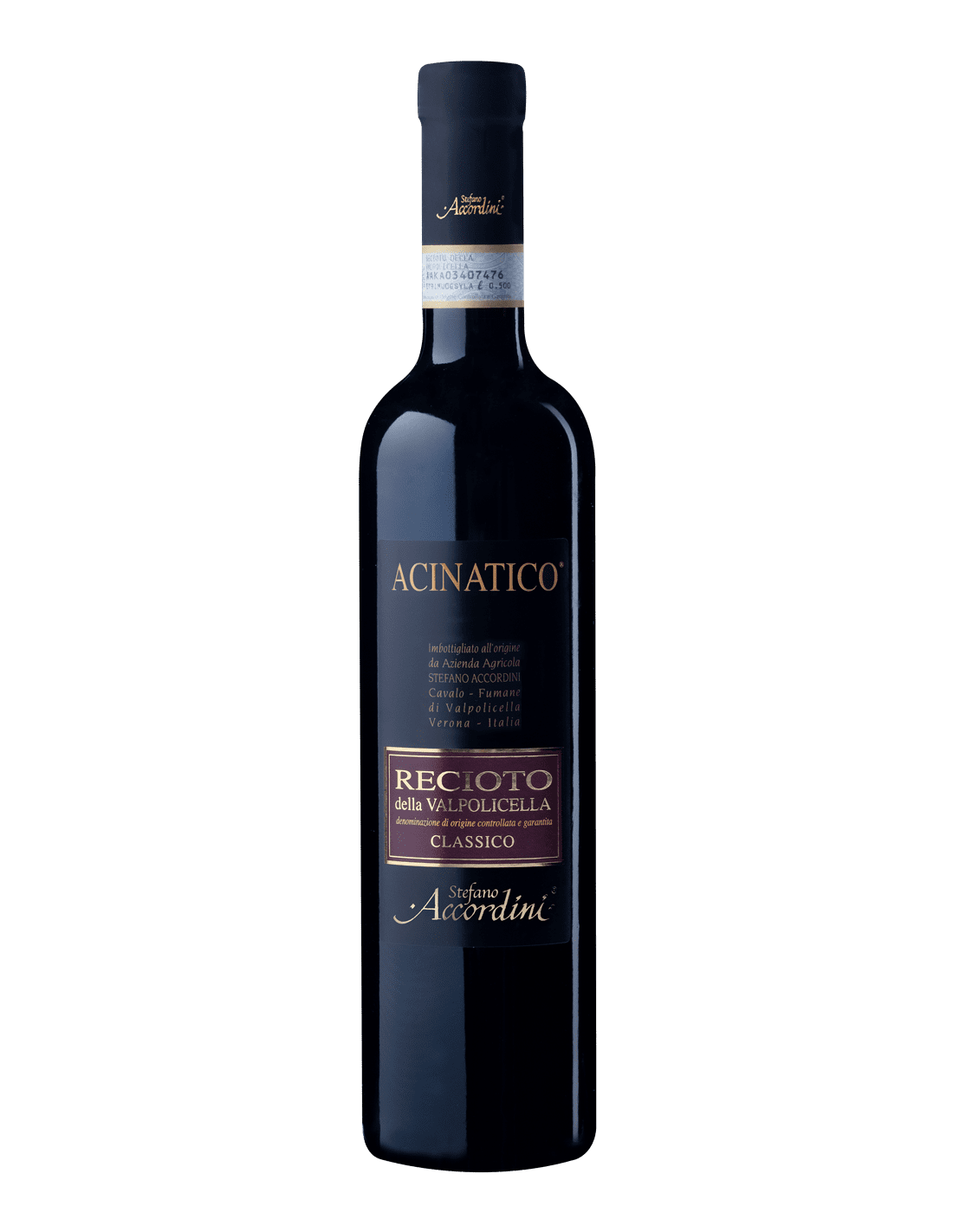
TECH SHEET OF RECIOTO ACINATICO
Our Recioto from Valpolicella, one of our best wines from our selection, is inspired by the ancient Italian wine called “Acinatico”. It’s a sweet wine of great structure produced with Corvina, Rondinella e Molinara grapes. It shares the same production technique with Amarone, but differentiates from it in natural interruption of the fermentation process.
Format: 0.50 liters
Type: Red Sweet Wine
Vines: Corvina Veronese 75%, Corvinone 20%, Molinara 5%
Oenological technique:
The best grapes are selected and placed in 6 kg trunks to rest in our orchards to rest for a long period where a sequence of biochemical processes carried out by microorganism like Botritis Nobile, transform part of the sugar into glycerine.
After crushing the grapes, the fermentation begins and is then stopped at just the right time by removing the yeast; the result is a sweet wine. The sweet taste of the Valpolicella’s Recioto is due to the incomplete fermentation of grape sugar into alcohol. The resulting wine ages several months in oak barrels, acquiring aromatic complexity and softness.
Aging in oak barrels: 6 months
Analytical data: Alcohol 13.5% Vol
Organoleptic characteristics: Intense red ruby colour with garnet shades, elegant bouquet with black cherry hints, very mature fruits. It’s a sweet wine smooth and elegant.
Serving method: Serving at 8-10°C
Gastronomy: Perfect pairing with desserts like fruit cakes and chocolate cakes.
BUY THEM NOW:
AMARONE ACINATICO: https://accordinistefano.shop/it/acinatico/26-amarone-della-valpolicella-classico-acinatico-docg.html
RECIOTO ACINATICO: https://accordinistefano.shop/it/acinatico/34-recioto-della-valpolicella-classico-acinatico-docg.html
![]()
Campagna finanziata ai sensi del Reg. UE n. 1308/2013
Campaign financed according to EU Reg. n. 1308/2013


